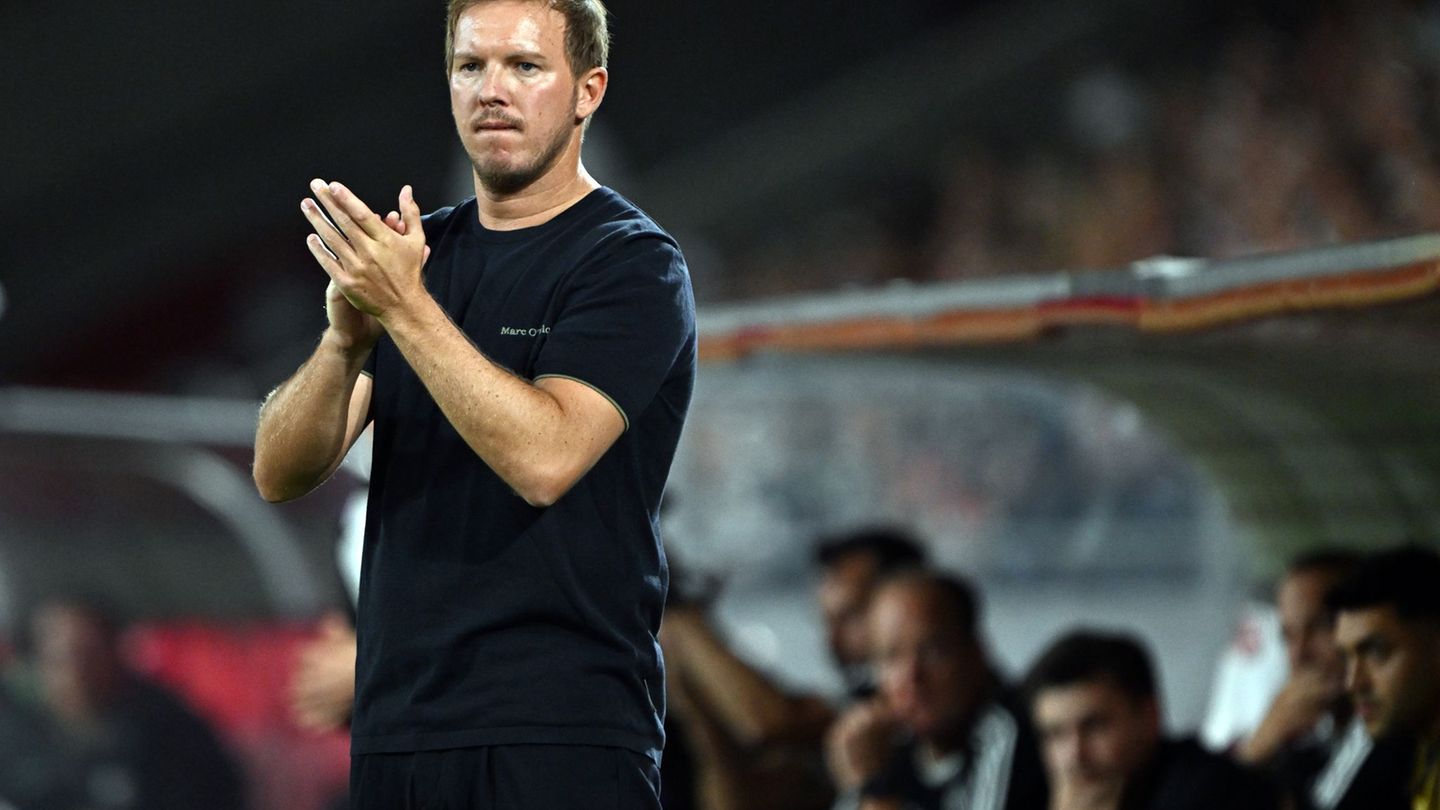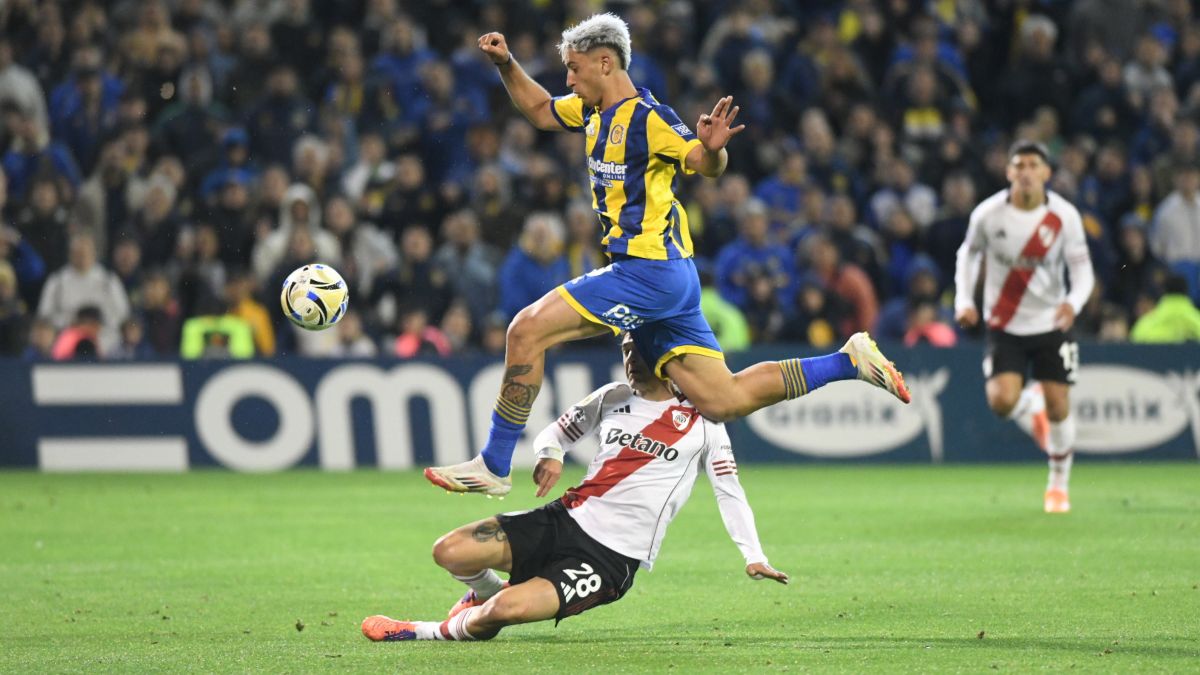Kremsnita, the Serbian counterpart to “our” cream cake, not only sounds similar, but is also just as lavish. A “lemonade”, water with lemon juice, is particularly refreshing on a hot early summer day. The sopska salad (tomatoes, cucumber, onions, lots of spicy cheese), which is traditional in the Balkans, cannot be made without paradajz, i.e. tomatoes. Palacinken with jam is a popular dessert, and the corn that grows in the fields is of course called “Kukuruz”.
Not only numerous terms remind of Austria far away from home. Elsewhere in the northern Serbian province of Vojvodina and in Slavonia, the eastern part of Croatia, you come across buildings, castles, bridges and churches at every turn that, because of their appearance or their history, make you think of Austria: Vojvodina and Slavonia were part of the Habsburg monarchy for centuries , only at the end of the First World War in 1918 did they become part of the Kingdom of Yugoslavia (SHS). Reason enough to go in search of traces to the fringes of the Danube monarchy – as sustainably as possible by bus. It is a 2100-kilometer journey through four countries and an attempt to get to know the mighty river Danube from a different, lesser-known side (more about the Interreg project “Transdanube Travel Stories” and the new approaches to Danube tourism in the info box).
Many residents describe Subotica as the “most beautiful town in the region”. The small town near the Hungarian border is hardly to be found on the tourist map and offers numerous Art Nouveau buildings, the town hall known for its stained glass windows and the small spa town of Palic, as well as the second largest synagogue in Europe (after Budapest). Extensively renovated by the city, it is only used by the 270 members for high church holidays.
City of Bridges
Subotica is also the home of Paskó Csaba, cathedral conductor, pastor and TV chef. With the money he earns from the events taking place in his vicarage, he also finances its maintenance. There is no support from the diocese for this. The “Cafe Svezda” (“Star”) in Subotica smells wonderfully of bread, cake and coffee. 14 people who find it difficult to gain a foothold in the labor market are employed there. The project is the result of a long-term cooperation between Caritas Serbia and Caritas Upper Austria.
In the city of Novi Sad, where Prince Eugene, the Savoyer in the service of the Habsburgs, repelled the Ottomans in 1716, the fortress “Peterwardein” is enthroned. It covers more than 100 hectares and is also known for a complex system of underground tunnels that are around 16 kilometers long. Once an important military center on the southern border of the Habsburg Empire, today the hotel “Leopold”, several cafés and art studios are housed in the fortress. From the Danube terrace, where you can also find the city’s landmark, the “clock tower”, you have a wonderful view of the Danube. Three bridges connect the two parts of the city – the remains of eight bridges lie in the river. They were partly destroyed during the Second World War, but also during the NATO bombing in the 1999 Yugoslav war.
Anyone visiting Novi Sad this year will also be witnessing a premiere: For the first time, the second largest Serbian city with 450,000 inhabitants, a metropolis outside the EU has been awarded the title “European Capital of Culture”. Eight cultural stations are spread across the city. More than 500 projects (dance, drama, exhibitions…) will take place this year. What should remain of it? “Many people have dealt with art for the first time in their lives,” says Wladimir, one of the project managers. “And we have started many international projects. These bridges should remain.”
Dispossessed, dispossessed, expelled
But Novi Sad not only seduces with its small, cozy and charming center, which is designed almost entirely as a pedestrian zone, but also with its green, fertile and hilly surroundings, the “Fruska Gora”. In Vojvodina, the “granary of Serbia”, agriculture is one of the most important occupations. In the area, also known as the “Holy Mountain of Serbia”, there are also 17 Serbian Orthodox monasteries. In addition, thousands of Danube Swabians settled in the area between the 17th and 19th centuries, a collective term for the Germans and Austrians who had emigrated. After the collapse of Austria-Hungary, their settlement areas were spread over the states of Romania, Hungary and Yugoslavia. During World War II, part of the Danube Swabians fought in the Hungarian and Romanian armies on the side of the German Reich. After the end of the war, the Yugoslavs took bitter revenge: those who had not already fled were disenfranchised, dispossessed and, for the most part, expelled. Less than 10,000 Danube Swabians still live in the area today.
Magnificent socialist prefabricated and Gründerzeit buildings, cobblestones and magnificent boulevards, hipster shops and time-honored cafés – what would a trip to Serbia be without a visit to the capital Belgrade? The capital, whose name means “white city”, is a place of many contrasts. The cityscape is characterized by the two rivers Danube and Sava (which flows into the Danube there) and the eight bridges that control traffic over them. Belgrade is an important European transport hub – and at the same time a place that invites you to go for a walk – in the Kalemegdan park around the fortress, for example, or in the Skadarlija district, the “Montmartre of Belgrade”. The new “Belgrade Waterfront” district, for which the old main station had to make way, is a subject of controversy. The pompous district on the Sava, where numerous apartments, offices and shops are being built, is being built to a large extent with money from Arab investors.
The Church of Saint Sava, one of the world’s largest orthodox buildings, is known for its mighty dome and beautiful crypt. It has been built on for almost 100 years. A date for completion? Not in sight.
Visit to the “Amazon of Europe”
Dalmatia lies by the sea, but there are other beautiful places in Croatia, as a visit to Ilok, the country’s easternmost town, shows: The Romans already called the town “delicium mundi” (“deliciousness of the world”), because for millennia is grown at the foothills of the Fruska Gora wine. Ilok Gewürztraminer was even served at the coronation ceremonies of Queen Elizabeth II.
Ilok is situated on a hill high above the Danube. Not far away is Vukovar, whose name is still associated today, 30 years later, with the worst massacre of the Yugoslav war: After Croatia declared its independence from Yugoslavia in 1991, but did not want to give the large Serbian minority in the country any rights, the Serbian army with a three-month siege. In November 1991 the city fell, 90 percent of the buildings were destroyed. Many traces of the war, such as the water tower with its 640 bullet holes, are still visible today. “A third of the residents are still Serbs today,” says Dijana, who works with her NGO “European House” for understanding and interreligious dialogue: “The children are taught separately. And although many millions of euros have been invested in reconstruction, many young people are leaving.” Before the war, there were 40,000 inhabitants, today there are half as many.
A small car as a symbol
Herons, spoonbills, white-tailed eagles, sea turtles, beavers, deer, cormorants and many other animals cavort in Kopacki Rit, one of the largest wetlands in Europe. You can visit them on foot or by boat. Kopacki Rit is part of the Mur-Drava-Danube river area, which is also called “Amazon of Europe” – a wonderful contrast to culture, religion and history.
In addition to the old town in the fortress and the neo-Gothic Peter and Paul Cathedral, a small red Fiat driving into a tank characterizes the image of the fourth largest city in Croatia, Osijek: the car was run over by a tank of the Yugoslav People’s Army in front of the cameras in 1991. Today, the work of art commemorates the resistance of the population when the city was attacked.
In the bus in nine days to the fringes of the Danube monarchy, that means: Several border crossings, where you should plan your time. Buildings that take you back to the time of the Habsburg monarchy. The opportunity to get to know the Danube away from cycling and cruise tourism. The traces of the war, beautiful squares, charming landscapes, delicious food and the friendliness of the residents, who always have a friendly “Dobar dan” (“Hello”) on their lips.
Experience the Danube differently – Transdanube Travel Stories
Experiences in focus: Not only Wachau, wine and cruise tourism, but the cultural, ecological and personal Danube story is the focus of the EU project “Transdanube Travel Stories”, supervised by the Linz Tourism Association and ten other partners from seven Danube countries. Numbers, data and facts should not be conveyed, but special experiences: “We want to change from sightseeing to encounters,” says Tourism Director Georg Steiner. On this topic, trips are developed that are characterized by sustainability.
Organizational information about the trip: The trip “To the Edges of the Danube Monarchy” is one of the pilot trips of the Interreg project “Transdanube Travel Stories”. The tour operator is “Weltanschauen” from Gallneukirchen (weltanmachen.at), the travel agency focuses on sustainable travel: no planes are used, ecological and social sustainability is important. The bus trip will take place again this year during the autumn holidays (October 22nd to 30th) in this form.
Source: Nachrichten




